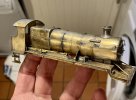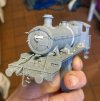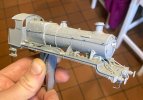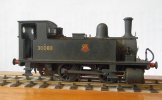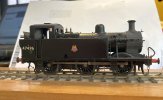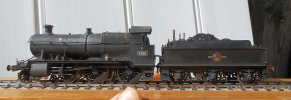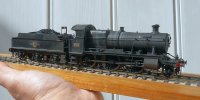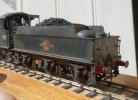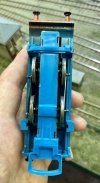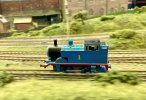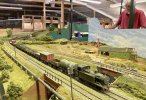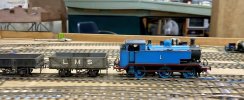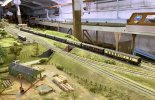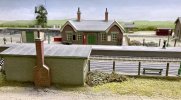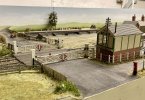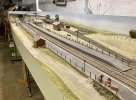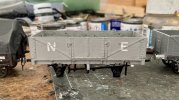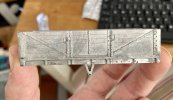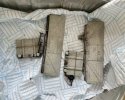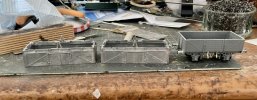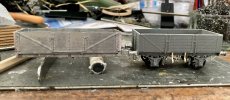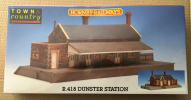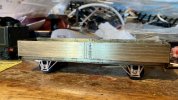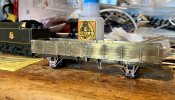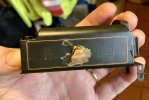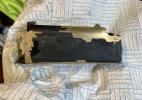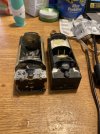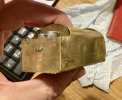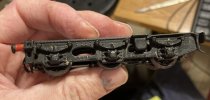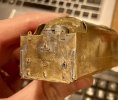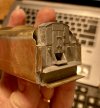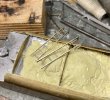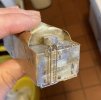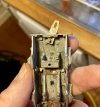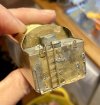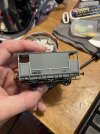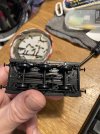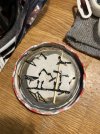AJC
Western Thunderer
I noted above that I had suspicions on the provenance of this loco, one of what was clearly a batch of very nice EM GWR locos with a Cambrian sort of emphasis in choice which turned up via Rails of Sheffield. And those suspicions meant that I'd seen it before, as it turns out in MRJ 154. This, I think, is 'my' 4377 (the crew look like those I have in the box, and the coal load matches) in its original surroundings, at Porthafren, Roger Lycett-Smith's Cambrian layout. From that, I assume - sadly - that the layout is no more and that Roger may have left us. This element of his work, however, will live on, albeit with a new coat of paint, and I hope to get some of the same enjoyment he evidently did from building and running her.
View attachment 182542
Anyway, here's Roger, leaning on the nose of a De Havilland Venom of 98 Squadron, RAF, with which he served.: https://www.coldwarshield.co.uk/downloads/volume_two/ColdWarShieldVolumeTwoPage192.pdf. Thank you, Roger.
Adam
A minor update - I've had the tender in pieces today, in order to strip the tank ready for a repaint (all very nicely done, though a couple of items will need resoldering). The initials 'RLS' and the date '1998' are scratched onto the paint of the chassis top which confirms my thinking. No picture, because it reveals his address and that's not right. I had been planning to do a repaint of all the sub assemblies, but I think I'll just touch that one up.
Adam
Last edited:

